What Hi-Fi? Verdict
Google ups its photography game to reinforce its reputation in an ever-evolving market
Pros
- +
Improved camera experience
- +
Useful motion gestures
- +
Better screen
Cons
- -
Lacklustre sound quality
- -
Battery life takes a hit
Why you can trust What Hi-Fi?
Google hasn’t broken the mould with the newly-launched Pixel 4. The media giant’s latest regular-sized flagship phone (as opposed to the super-size Pixel 4 XL) has arrived in a timely fashion, 12 months after the Pixel 3, and predominantly focused on reinforcing the Pixel line’s biggest strength: camera performance.
In addition to incremental advancements across the spec sheet, Google has taken what it does best and made it even better, implementing hardware and software upgrades to what was widely regarded as one of the best camera phones on the market.
Features
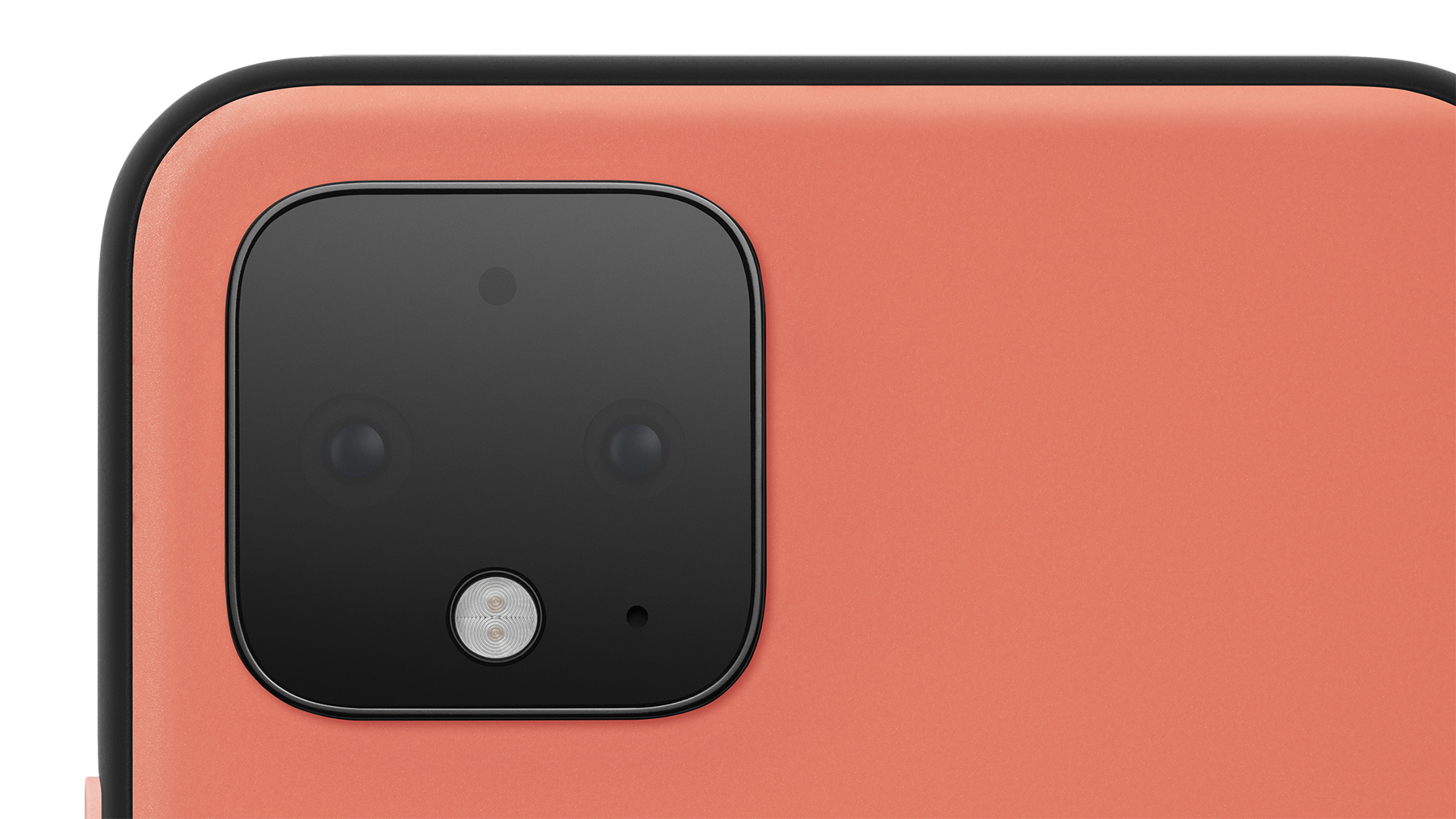
The 4 is the first in the Pixel series with more than one rear lens, with a dual-camera arrangement that sees the familiar 12.2MP dual-pixel lens bolstered by a new 16MP telephoto snapper. The lens count stays the same as the Pixel 3, however, with the 4 featuring a single 8MP wide-angle front snapper as opposed to a dual system.
In an age where triple rear lenses are becoming typical, you may feel underwhelmed. But hardware simplicity hasn't done Pixel cameras wrong in the past – the Pixel 3's solo snapper impressed in a market full of dual-camera competition, after all. The leading light here, though, is Google's computational photography tech, which has been advanced to make the most of the new hardware.
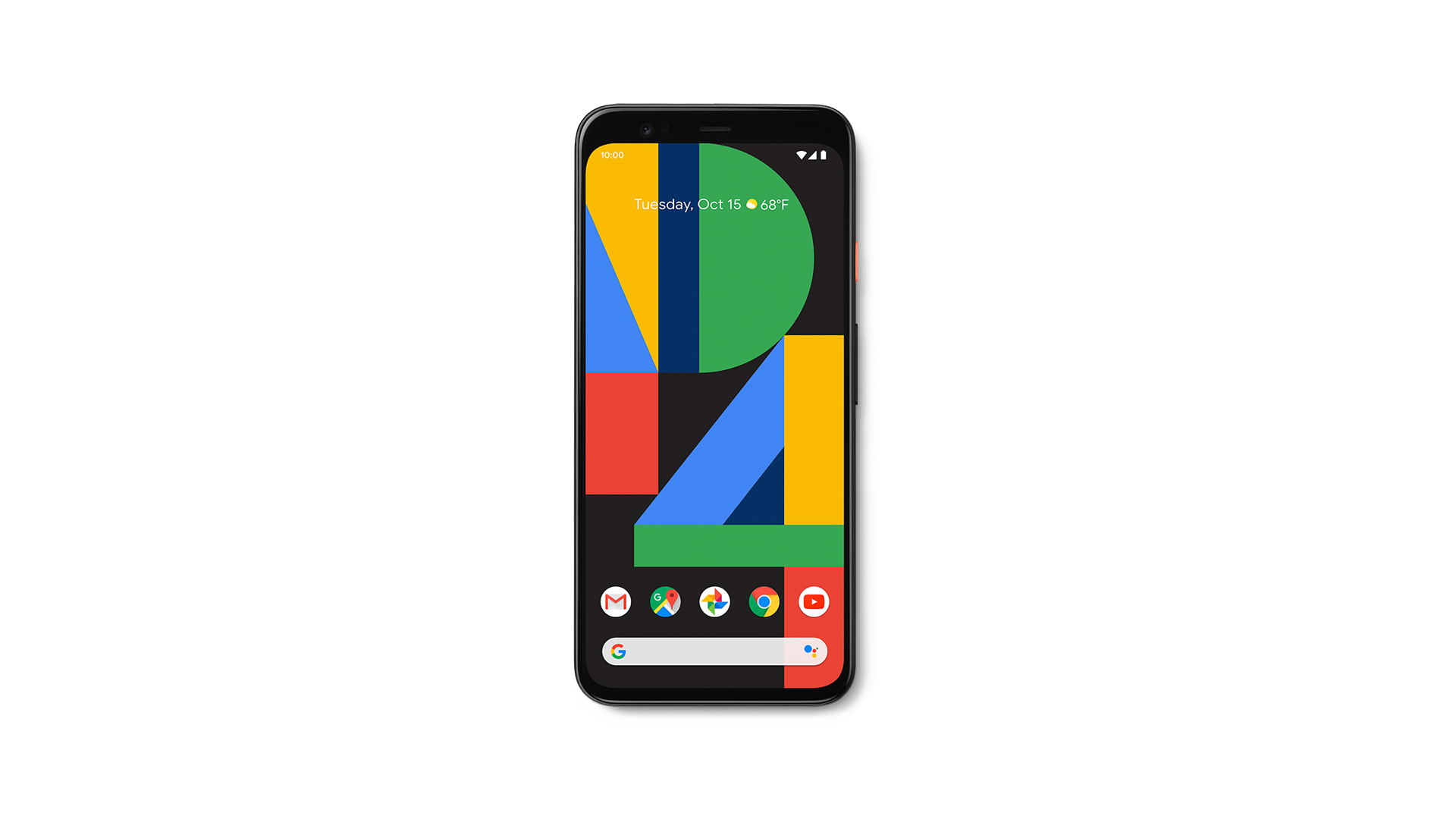
Screen 5.7in OLED display
Resolution 444ppi
Rear camera 16MP
Front camera 8MP
Finishes 3
Dimensions (hwd) 14.7 x 6.9 x 0.8cm
Weight 162g
Dual Exposure in the Pixel 4 improves brightness in both the background and foreground objects in a frame, optimising the former automatically and letting you adjust the latter in real-time with brightness and shadow sliders. It's designed to prevent faces and objects being shadowed out or even silhouetted in front of bright backgrounds – and it's effective when you spend the time getting it right.
Being able to see what you're shooting also lies at the forefront of the Pixel 4's photography experience. Live HDR+ lets you see a photo in real-time in the viewfinder, rather than after it has been captured. So what you see is what you get.
The Pixel 4 fills the large shoes of its predecessor with impressive point-and-shoot results. Whether we’re snapping in a park or in more challenging conditions, the photos are well-balanced with class-leading clarity, texture and a good sense of depth – even with the zoom lens. Google has also improved the bokeh-effect Portrait mode, making it more effective with hair and both larger and more distant objects.
The Pixel's standard-setting night mode, Night Sight, has also been tweaked in an effort to keep up with the likes of Apple. It arguably remains the biggest asset of the Pixel’s camera, bringing compelling clarity and coherence to shots in poorly lit environments. Now with a special Astrophotography feature, the Pixel 4 also claims to be able to capture the night sky when held still by capturing and combining multiple shots over a few minutes, though this isn't a feature we've been able to test on the damp autumnal skies of London.
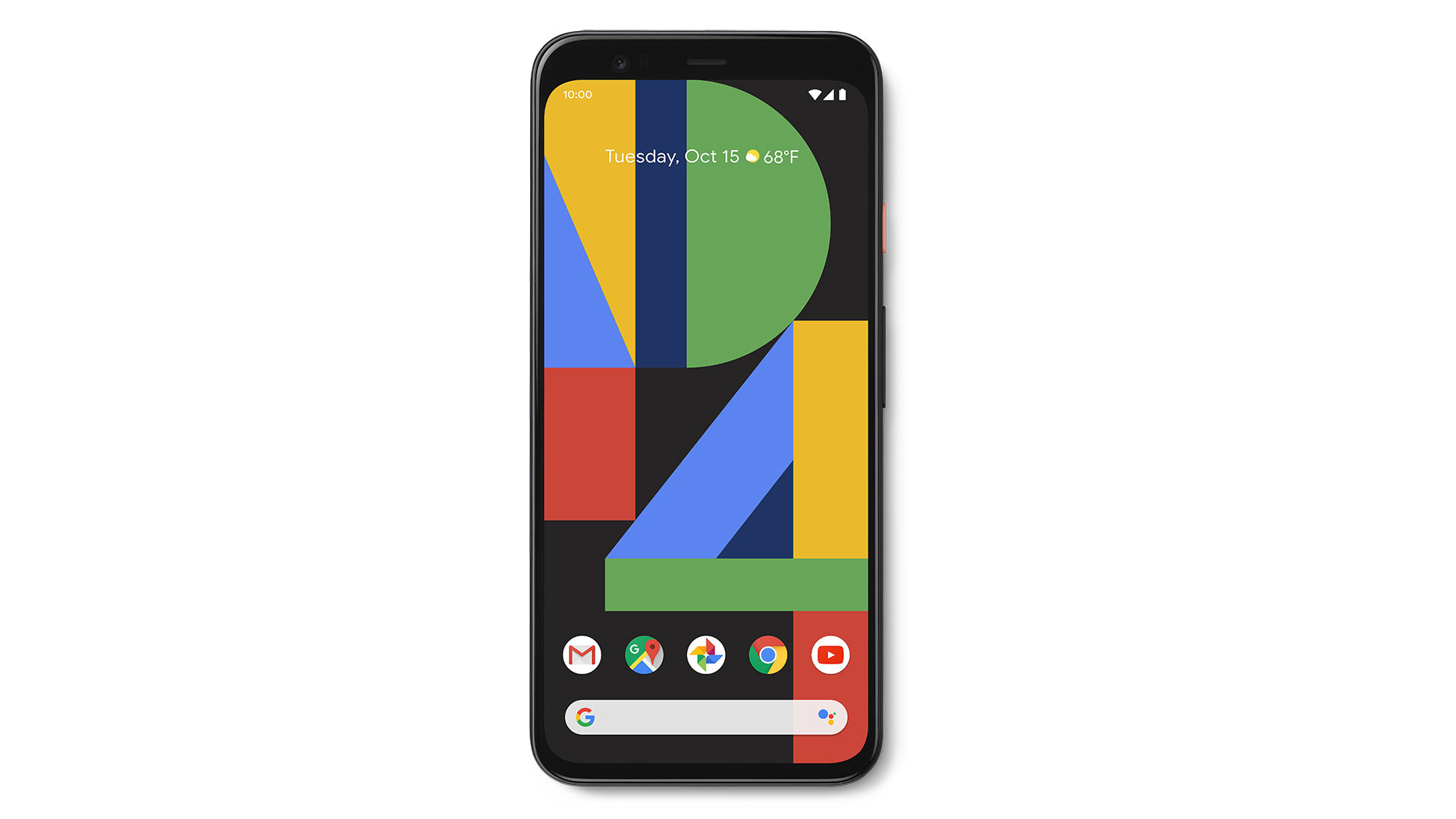
Google is also hoping to win some fans with its new motion gestures. The Pixel 4s are the first phones with a radar sensor, which powers Google’s Motion Sense functionality. Wave left or right – your choice – above the screen to skip songs forward and back during music playback; wave across the screen to silence calls and snooze alarms; and reach for the phone for the screen to display time and notifications. Its display can also wake up when it detects you approaching.
The sensor also facilitates what’s a rapid and accurate face unlock, much like Apple’s Face ID, which replaces the fingerprint scanner on former Pixel iterations and essentially creates and reads an in-depth map of your face. At the moment, the phone unlocks even with your eyes shut, which raises security concerns that anyone stealing a phone could simply point it at the owner to unlock it, but Google has said an update in the coming months will remedy this.
The new Android 10 features also encourage gesture over button use. A squeeze of the Pixel 4 can activate Google Assistant voice control, and the three-button navigation can be swapped for swipe controls – swipe upwards from the bottom to access the home screen at any point, swipe up and hold to switch apps, and swipe the edges of the screen to go back when browsing. This and the Motion Sense functionality makes it is a rather unfamiliar, albeit no less intuitive, Android experience.
It doesn’t take long to get used to life without buttons, although we turn off Google’s always-on display Motion Sense features after a few days to help preserve the battery. While there’s still the ‘all-day battery’ wording in the Pixel 4’s specification, the 4’s juicebox has taken a hit, now 2800mAh as opposed to its predecessor’s 2915mAh figure. In our week with it, the Pixel 4 just about lasted through a regular 16-hour day, although that isn’t the case during the days of vigorous screen testing as we watch a few hours of YouTube and Netflix on various brightness levels. It’s likely heavy users and/or commute bingers may need an evening top-up.
RAM is up, though – now 6GB, not 4GB – and, like many of its 2019 premium Android rivals, it runs the top-of-the-line Qualcomm Snapdragon 855 platform, which is complemented by Google’s new Pixel Neural processor.
Screen
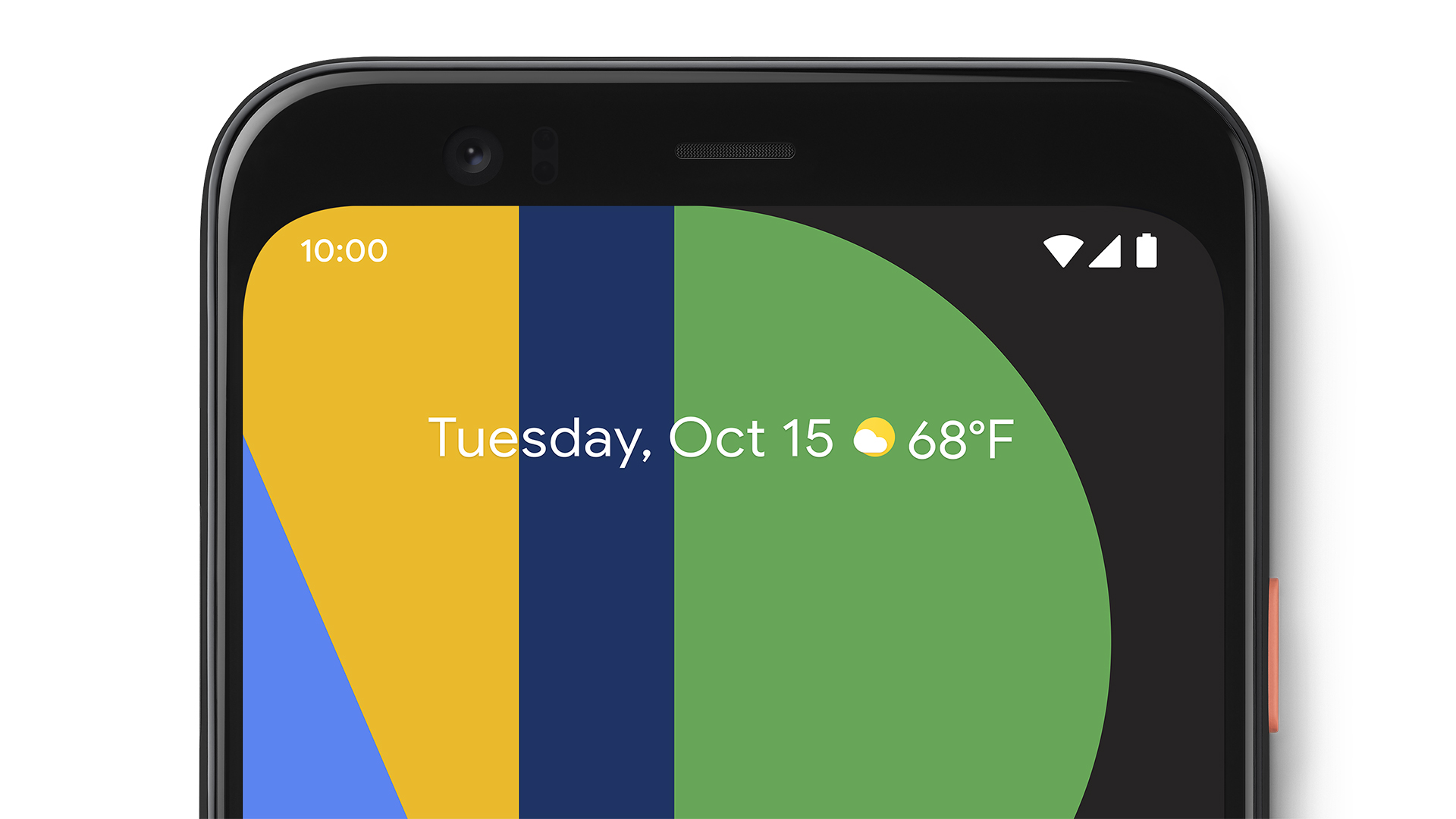
Compared to its predecessor (and the midrange Pixel 3aXL), the Pixel 4 makes gains in all the right places: crispness, contrast and colour reproduction. The former isn’t surprising considering the Pixel 4’s greater (441) pixels-per-inch density.
And on the latter, we prefer the more realistic hues offered by ‘Natural’ mode, although we imagine ‘Adaptive’ and ‘Boosted’ will appeal to many for their warm saturation. Either way, the screen’s competitive performance, which we find on a par with the OnePlus 7 Pro, is far from lacking engaging levels of insight, even if the deeper blacks sacrifice a little dark detail.
While the Pixel 4 mirrors its predecessor’s dimensions, Google has managed to squeeze more screen into it. The 5.7in FHD+ OLED display with a 444ppi (up a point from the Pixel 3) has a killer feature: a 90Hz refresh rate. Like OnePlus, Google has improved the responsiveness of its display for smoother scrolling and video performance. And, as with the OnePlus 7T and 7 Pro, it makes a real difference.
We play an assortment of Netflix titles and everything from fast-paced action to subtle camera pans are silky smooth and stable – notably more so than on the Pixel 3. However, if you find it a little too clinical – too soap opera – refresh rate can be toned down in settings.
Sound
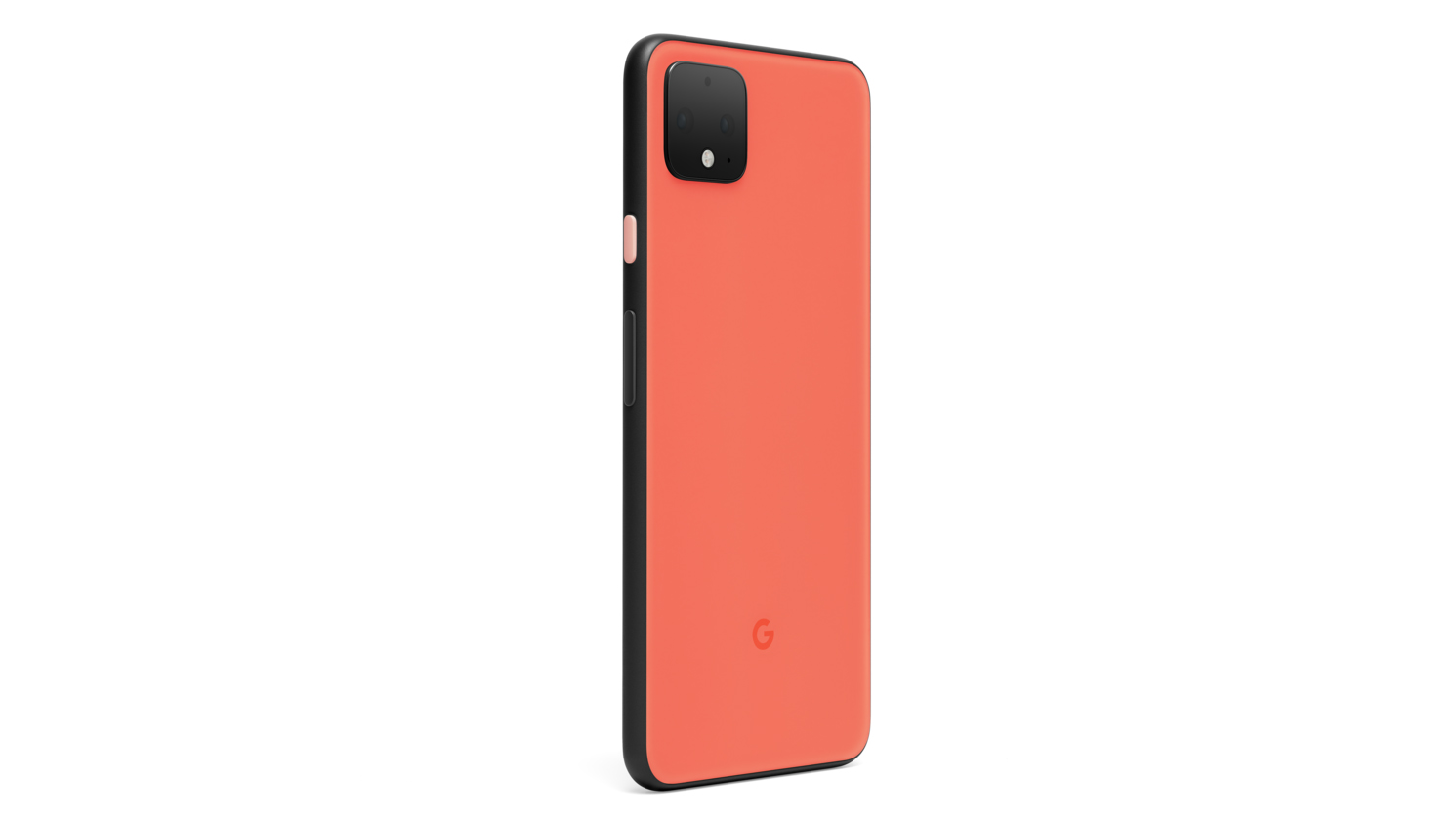
Unfortunately, the sound is somewhat lacking. The Pixel 4 is the first USB-C Google phone that isn’t bundled with headphones or a USB-C-to-3.5mm adapter. Even in this wireless world, it’s a strange omission. We haven’t been enamoured by audio performance in previous Pixels, and sadly the 4 doesn’t alter that impression. It’s clear and balanced in its delivery, but a lack of dynamics and energy means it’s fairly flat and dull compared to the more engaging OnePlus 7 Pro and Apple iPhone 11, which both have greater spaciousness, subtlety and a livelier nature.
The dual stereo speakers aren’t short of clarity or volume, although for loud environments the new (and accurate) Live Caption feature comes in handy, automatically subtitling what you’re watching, from video calls to local and YouTube videos. Google’s real-time transcription of your voice recordings – also new for the Pixel 4 – is less accurate during free-flowing conversations, but despite frequent misjudged words, it does tend to get the gist of conversations.
Just as the camera steals the attention on the spec sheet, it also defines the aesthetic, with the off-centre, slightly raised square bump the most visually striking part of the Pixel’s design. There are familiarly tapered edges and colourful power button (now orange rather than green), but this time we welcome a new fingermark-resilient, grippy rear panel finish.
Black and white finishes are still the order of the day, in a choice of 64GB (£669) and 128GB (£769) storage options, but the ‘Purple-ish’ option has been swapped for an ‘Oh So Orange’ (64GB only). The bezels are nicely pinned back.
It’s a charming, nicely-formed little handset, although next to rival flagships such as the OnePlus and iPhone 11, it doesn’t exactly scream ‘premium’.
Verdict
A substantially improved camera and small upgrades across the board all add up to a better phone than Google has produced in previous years, but it isn’t one that will necessarily cause Pixel 3 owners to rush out and upgrade.
A truly excellent, market-competitive camera carries it through, strengthening Google’s reputation for producing some of the best camera phones out there. And for some, the new air-based gestures will only enhance what’s always been a seamless and Android-pure Pixel experience. But to recommend the Pixel 4 wholeheartedly, we need a more entertaining audio performance and, to a lesser extent, more dependable battery life.
SCORES
- Screen 5
- Sound 3
- Features 4
MORE:
Read our Apple iPhone 11 review
Read our OnePlus 7 Pro review
What Hi-Fi?, founded in 1976, is the world's leading independent guide to buying and owning hi-fi and home entertainment products. Our comprehensive tests help you buy the very best for your money, with our advice sections giving you step-by-step information on how to get even more from your music and movies. Everything is tested by our dedicated team of in-house reviewers in our custom-built test rooms in London, Reading and Bath. Our coveted five-star rating and Awards are recognised all over the world as the ultimate seal of approval, so you can buy with absolute confidence.

